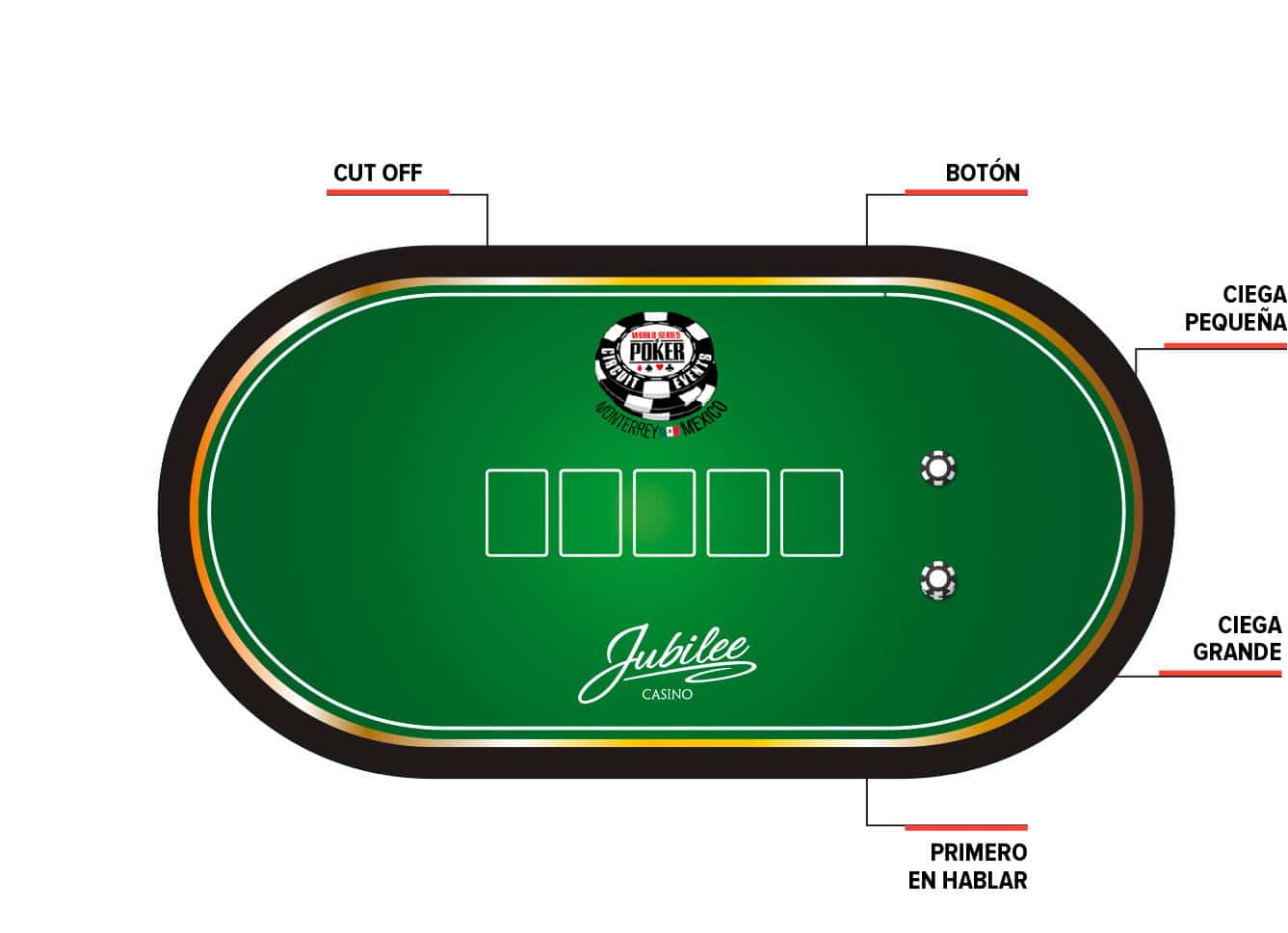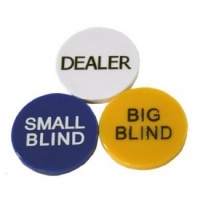Texas Holdem Big Blind Small Blind
If you’re going to play a hand, raise three to four times the big blind (five times if someone’s already raised). Hopefully this will win you the blinds. If not, you’ve got the momentum you need to continuation bet, which should always be the next step in your plan. Playing from the blinds.
Dead button: The big blind is posted by the player due for it, and the small blind and button are positioned accordingly, even if this means the small blind or the button is placed in front of an. So, for example, if you are playing and the blinds are 10/20 with a 2 ante, they may make it 10/20 with a 20 big blind ante. So it is still 20 to call the big blind, the other 20 is the ante for. Ten Big Blinds and Under. Poker is real easy now. With this stack, you can play unexploitable poker. Using Independent Chip Modeling and the Nash Equilibrium you can solve every situation with your stack size and hand versus however many random hands are left to act behind you.
Blind – A blind wager used to seed the pot, usually placed on or to the left of the dealer button.A blind is a forced bet that is placed before the cards are dealt. It is used to seed the pot in flop and draw games. Generally, flop and draw games will use a nominal dealer button to indicate last action after the flop or draw. This button is moved in a clockwise manner, one position to the left, before the start of each hand, in order to give each player equal time from each betting position. Most games will have two blinds, a small blind to the left of the button, and a big blind to the left of the small blind. Some games will have a third blind which is commonly placed on the button. Blinds are called “big” or “small” based upon their relative size and not upon what position they are posted from, although it is standard to post the big blind to the left of the small blind. Typically, the big blind will be a full sized bet of the lower betting limit, and a small blind will be a portion of the lower betting limit. For example, a $3/$6 Hold’em game might have a $3 big blind and a $1 small blind.
Every player is required to post their blinds when it is their turn to do so. If they do not, they will be given a missed blind button and will be dealt out. If this happens, the player must wait until it is their turn to take the big blind again, or post all owed blinds at once on the subsequent hand, if they do not wish to wait.

If a player takes their blind in turn, the amount posted will be credited towards a call or raise. This type of blind is called a “live blind.” If a player is making up owed blinds, only the amount of the big blind is live. The small blind (and any other blinds owed if more than two blinds are being used) is dead and therefore will not be credited towards a call or raise. This type of blind is called a “dead” blind. For example, a $3/$6 Hold’em game has a Big Blind of $3 and a small blind of $1. If both players have posted their blinds in turn, and the pot has been raised to $6, the big blind would owe $3 to call and the small blind would owe $5 to call. If a third player has made up his blinds by posting $4 ($3 big blind plus $1 dead small blind), he would have to call an additional $3 with $1 dead and remaining in the pot.

Usage: Live Blind, Dead Blind, Big Blind, Small Blind, Post Both Blinds, Blind On The Button
Texas Hold'em Big Blind Small Blind
Previous Poker Term: Blank
 Next Poker Term: Blind OffThe two players to the left of the button (dealer) in a game of hold'em are required to place compulsory bets before the cards are dealt. These are known as blind bets because they are placed 'blind', before the players have even seen their cards. These bets trigger the action in a hand, since there is something already in the pot for all the players to win. Typically the player to the immediate left of the dealer will place a small bet equivalent to half the full bet for that round. This is known as the small blind. The player to his left will then place a full bet for that round. This player is called the big blind.
Next Poker Term: Blind OffThe two players to the left of the button (dealer) in a game of hold'em are required to place compulsory bets before the cards are dealt. These are known as blind bets because they are placed 'blind', before the players have even seen their cards. These bets trigger the action in a hand, since there is something already in the pot for all the players to win. Typically the player to the immediate left of the dealer will place a small bet equivalent to half the full bet for that round. This is known as the small blind. The player to his left will then place a full bet for that round. This player is called the big blind. 
Once the cards are dealt, the betting action starts with the player to the left of the big blind. He may either fold, call (by matching the big blind's initial bet) or raise (by increasing the big blind's bet).
If the pot is unraised by the time the action comes to the small blind, he may complete his blind by making the small blind up to the full bet for that round. If he opts not to complete his blind, his hand is folded. Of course, he may also raise by completing the small blind and adding another full bet for that round. If instead the pot has been raised by the time the action comes to him, the small blind must complete his blind to the full amount of the raise if he wants to remain in the hand.

Texas Hold'em Big Blind
The last player to make a betting decision on the first round is the big blind. If the pot is unraised when the action arrives he may either check, and remain in the pot for the flop, or raise. However, when he is facing a raise he may not check, he must either fold his hand, call the raise (completing his initial bet to the full amount of the raise), or reraise. If everyone else folds before the flop, including the small blind, then the big blind not only wins his blind bet back, but also collects the small blind's initial bet.
Texas Hold'em Big Blind Small Blind
Once the first round of betting is completed, the small blind acts first on every subsequent round. If he is no longer in the hand then the first player still with cards to the left of the button must act first.